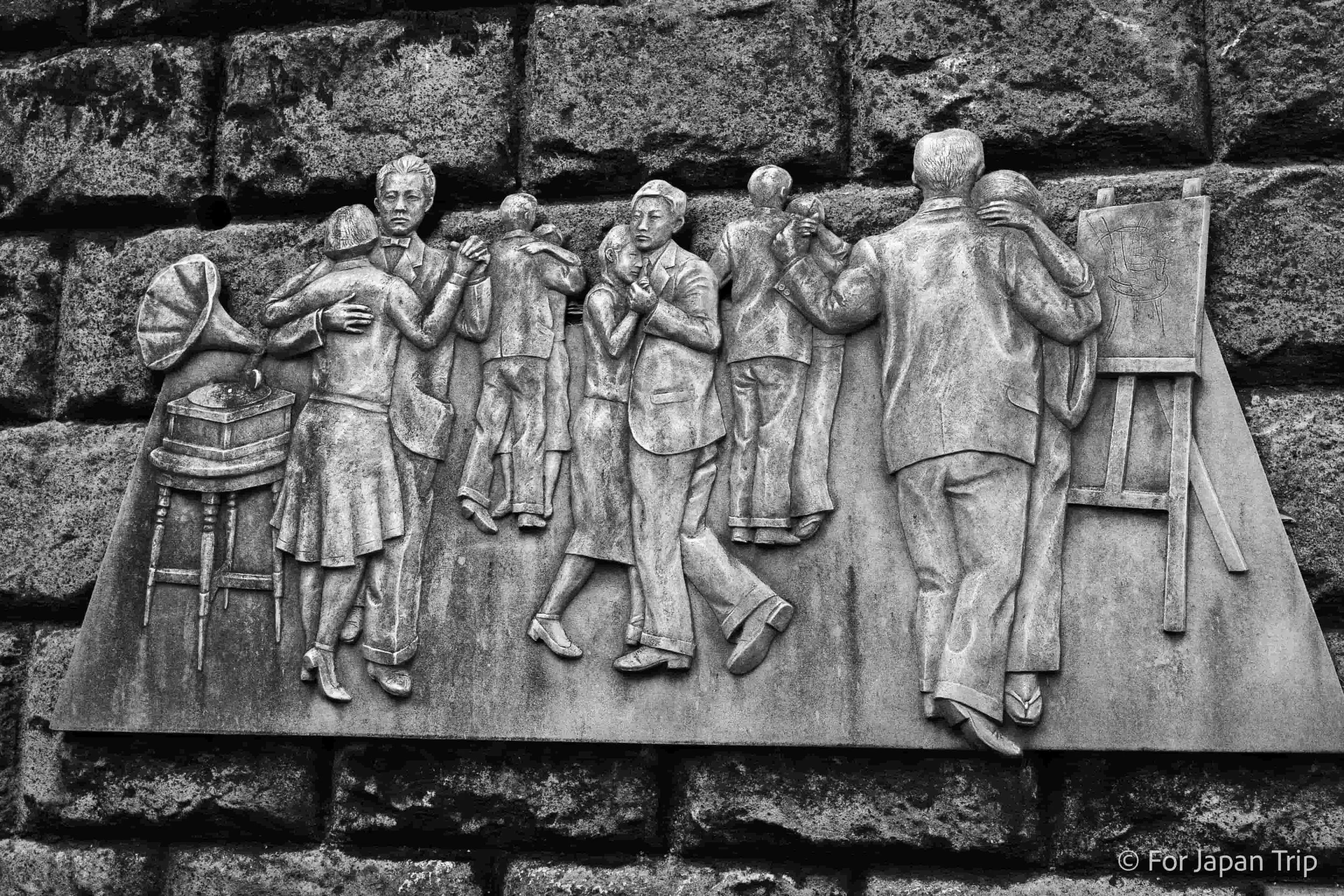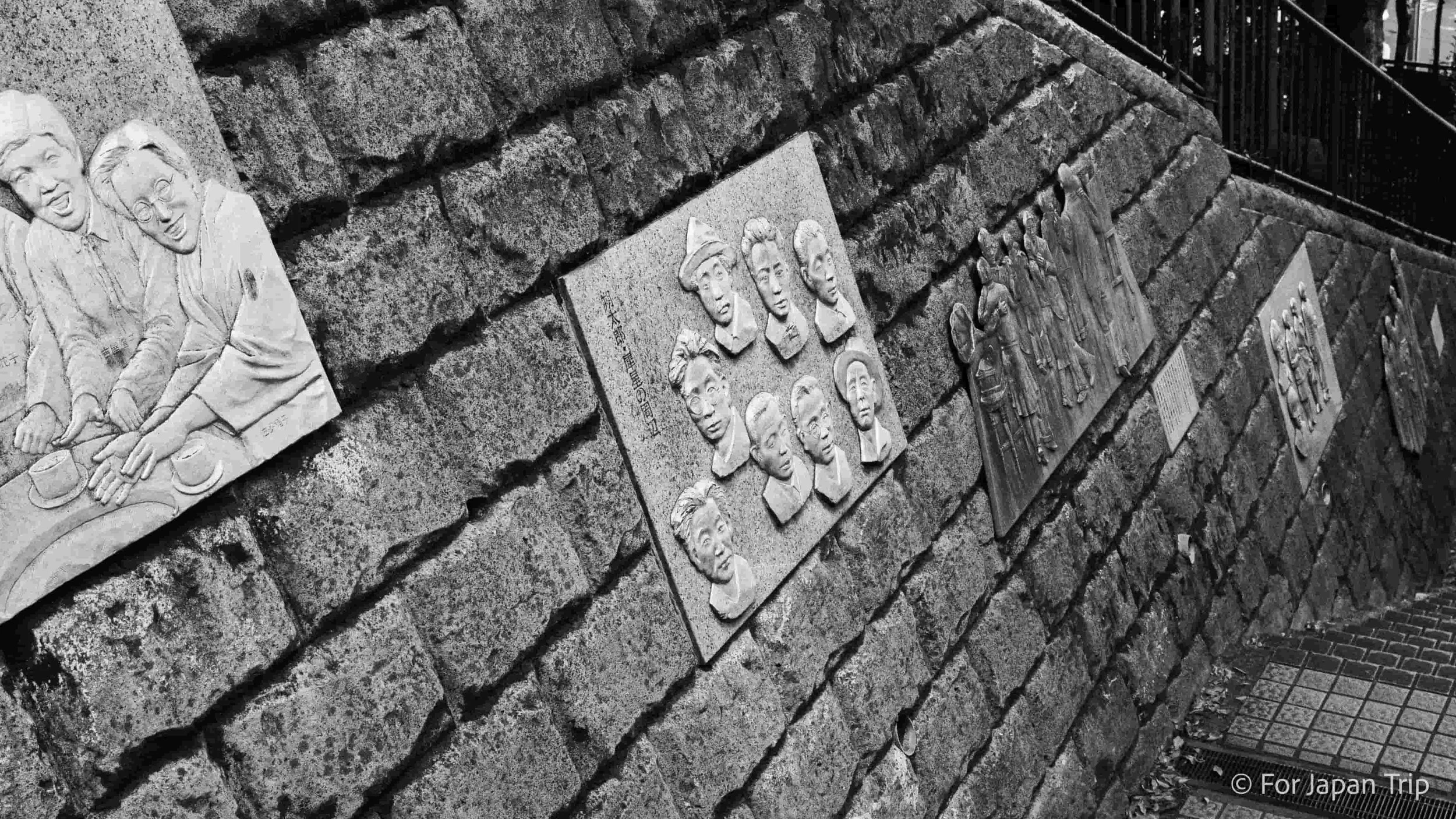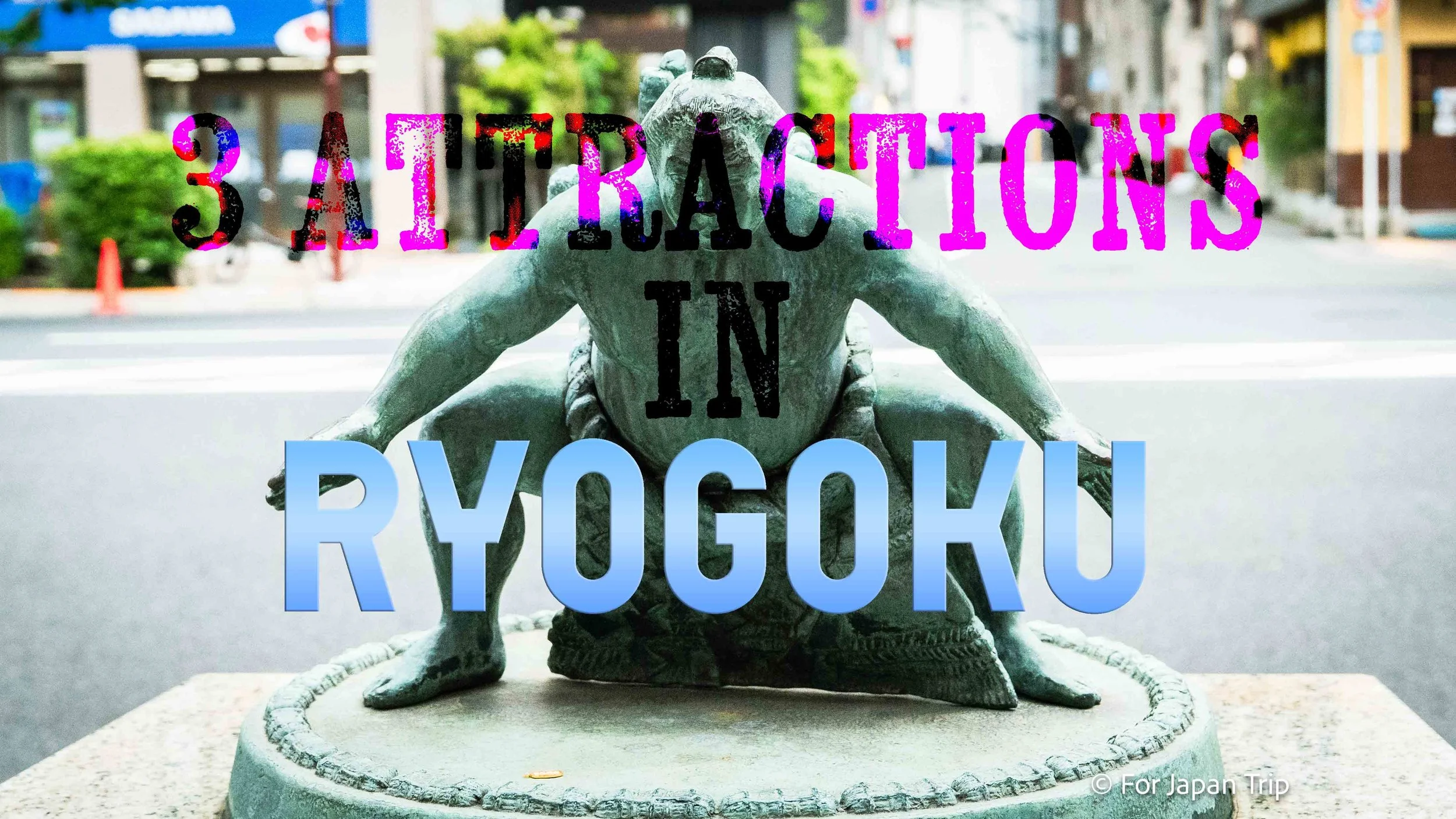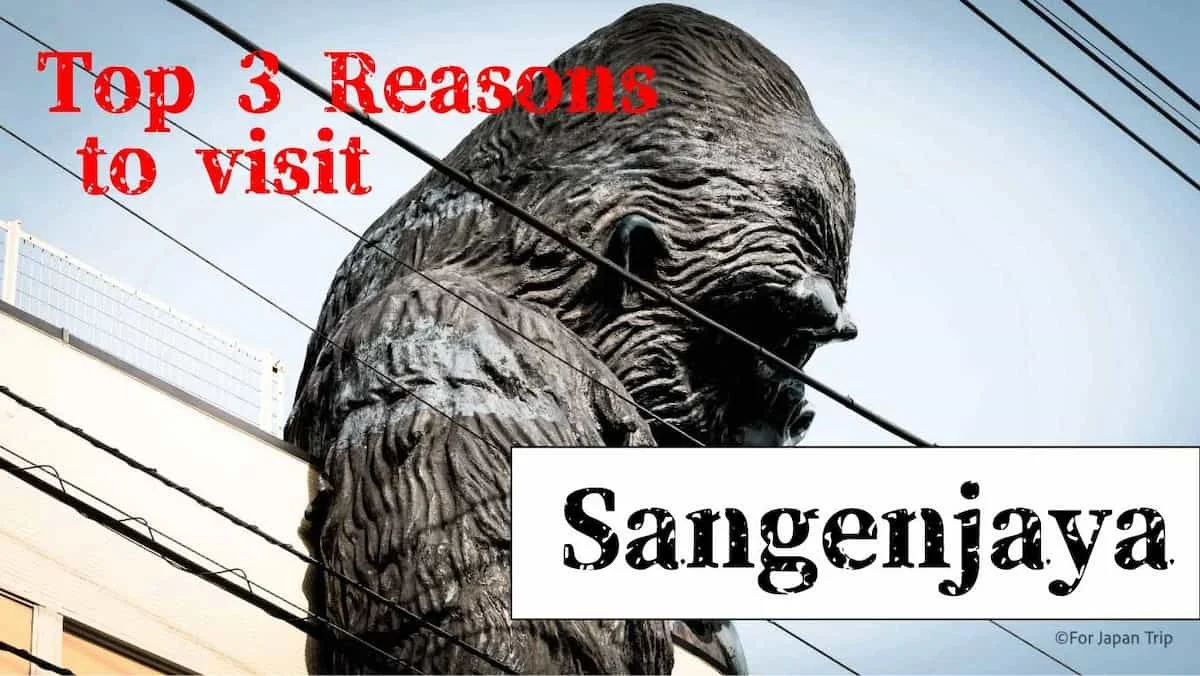Discover a New Perspective in the Calm of Omori
※updated on July 9 2025
Just about six minutes south by train from JR Shinagawa Station lies Ōmori, a quiet area that once attracted many of Japan’s great literary figures. Located in the northern part of Ōta City, Tokyo, Ōmori is a charming neighborhood where history and modern life coexist in harmony. One particularly notable part of the area is Magome, known as the "Magome Writers' Village" (Magome Bunshi Mura). In the early Shōwa era (1926–1989), authors such as Hakushū Kitahara and Yasunari Kawabata lived here, inspiring one another and producing numerous literary masterpieces.
It is often said that “one’s surroundings shape their growth,” and for these writers, the calm atmosphere and rich interpersonal connections of the area likely played a key role in their creative work. Today, remnants of that literary past can still be found in Magome, and visitors can enjoy walking tours that trace the footsteps of these cultural giants.
Ōmori is also home to nostalgic retro-style arcade shopping streets, where the charm of the Shōwa period lingers in the air. With its blend of tranquility and convenience, Ōmori offers excellent access to Shinagawa and central Tokyo, making it an increasingly attractive residential area.
📚 “Magome Writers’ Village” — A Neighborhood Where Literary Giants Once Lived
“Magome Writers’ Village” is a nickname for the area in Magome (Ōta City, Tokyo) where many renowned Japanese writers and artists lived during the 1920s. During that time, the quiet and inspiring environment of Magome attracted literary figures who moved there to focus on their creative work.
One such writer was Yasunari Kawabata, the first Japanese author to win the Nobel Prize in Literature. He is known for masterpieces such as Snow Country, which begins with the iconic line: “The train came out of the long tunnel into the snow country.” Kawabata’s works reflect a deep sensitivity to beauty, nature, and uniquely Japanese aesthetics and emotion.
Another notable resident was Yukio Mishima, who gained literary fame at a young age and later became known for his political activities. Mishima admired traditional Japanese values such as bushidō (the samurai code) and often expressed these ideals in his works and public life. His dramatic actions and powerful rhetoric continue to be referenced in Japan’s cultural and political discourse even today.
The Magome area retains traces of this literary heritage, and it remains a special place for those interested in Japan’s modern literature and cultural history.
One reason why so many writers and artists gathered in this area is that, at the time, Magome and its surroundings were still rich in nature and offered a peaceful environment. In addition, the area had relatively easy access to central Tokyo, making it a convenient place to live. Housing was affordable, and it was an ideal location for setting up studios or writing rooms.
These cultural figures frequently interacted with one another, forming a tight-knit creative community. Their exchanges often influenced each other’s works, helping to improve the quality and depth of their writing.
Today, visitors can explore this literary history through the “Magome Writers’ Village Walking Route”. Along the way, you’ll find informational panels, stone monuments, and other markers related to the writers who lived here. For example, you can see the former residence sites of Sakutarō Hagiwara, a pioneer of modern Japanese poetry, and Yasunari Kawabata, who later won the Nobel Prize in Literature. These spots offer a unique glimpse into Japan’s modern literary past and make Magome a quiet yet meaningful destination for literature lovers.
Experience Retro Charm at Ōmori Ginza Shopping Street “Milpa”
Located just a few minutes’ walk from the east exit of JR Ōmori Station in Tokyo’s Ōta Ward, Ōmori Ginza Shopping Street “Milpa” is a covered shopping arcade that stretches for about 500 meters. The name “Milpa” comes from a Spanish word meaning “field” or “fertile land,” symbolizing the energy and abundance of the local community.
One of its key features is the all-weather arcade roof, allowing visitors to enjoy shopping and strolling even on rainy days—something especially appreciated by tourists.
The street is lined with a wide variety of shops, from traditional Japanese businesses such as long-established wagashi (Japanese sweets) stores, sushi restaurants, ramen shops, and yakitori stands, to greengrocers, fish markets, cafes, hair salons, and general goods shops. It’s a vibrant mix of the old and the new.
What sets Milpa apart is its authentic local atmosphere. While it may not have the flashy appeal of tourist hotspots, it offers a unique opportunity to experience the beauty of everyday life in Japan. Whether you're looking to sample local street food, find unique souvenirs, or simply soak in the retro vibe of a traditional shopping street, Milpa is a hidden gem worth visiting.
Recommended Area








